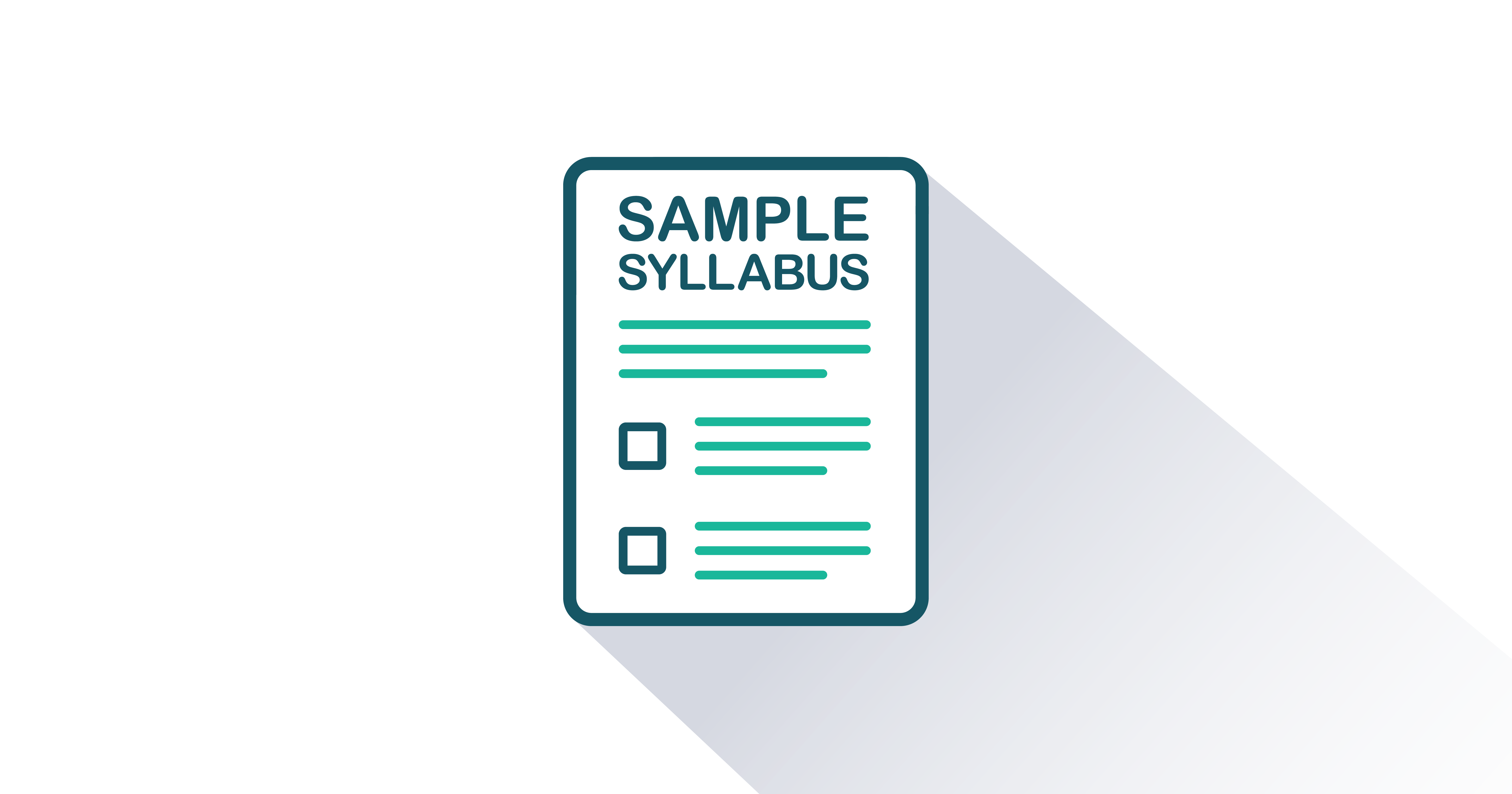- Published
- June 2021
- Page Count
- 492
- ISBN (Digital)
- 978-1-4533-3831-5
Sociology: Understanding and Changing the Social World, Brief Edition


Version 3.0
By Steven E. Barkan
Included Supplements
Key Features
- COVID-19 Updates. Fully updated to include the initial impact of the coronavirus pandemic and resulting economic shocks.
- Many introduction to sociology texts leave students feeling overwhelmed and powerless in the face of persistent social inequalities. As the subtitle implies, this text stresses this persistence but also points to the possibilities for beneficial social change.
- Considering that many students take sociology courses because they want to change society, this text emphasizes the discipline’s American roots in social reform and the use of sociological knowledge as a vehicle for social reform.
- Clear and jargon-free writing style invites students with all levels of academic preparation to engage and learn.
- Strong coverage of medical sociology, often missing in other textbooks, addresses this fundamental issue for the nation and world.
- Rich and useful learning strategies embedded in the book include:
- Learning Objectives set the stage for each chapter’s main section.
- Key Takeaways end each main heading section to highlight key concepts just learned and promote retention.
- For Your Review poses questions for students to critically consider in the light of the section just read.
- Social Issues in the News boxes recount an event related to the chapter’s topic and proceed with thought-provoking discussion about the social issue related to the event.
- Sociology Making a Difference boxes show sociological insights and findings have been used, or could be used, to address the issue and achieve social reform.
- Learning from Other Societies boxes discuss the experience of other nation(s) with a common social issue.
- Theory Snapshots are tables that provide a quick reference tool for students to understand the varying theoretical approaches to the sociological topic in the chapter.
- What Sociology Suggests boxes summarize social policies grounded in sociological theory and research that will connect with students.
- Summary recaps key chapter topics.
- Using Sociology boxes guidesstudents in mapping out plans to take action and make a difference.
Students
- Online Access Price
- $33.95
- Color Printed Textbook with Online Access Price
- $60.95
Sociology: Understanding and Changing the Social World, Brief Edition Version 3.0 is suitable for undergraduate courses called Introduction to Sociology, Principles of Sociology, Sociology, or similar titles taught in sociology departments in both two- or four-year colleges and universities.
Sociology: Understanding and Changing the Social World, Brief Edition presents a sociological understanding of society while emphasizing the relevance of sociological knowledge and insights for prompting social change. It encourages students to make a positive difference in the world around them by developing their sociological imaginations. This brief book consolidates and shortens discussions of the following topics, each of which has a stand-alone chapter in the comprehensive edition:
- The sociological perspective and research method
- Socialization and social interaction
- Social stratification and global stratification
- Politics and the economy
- Education and religion
- Population, urbanization, social change, and social movements.
The result is a more concise discussion encompassed in a total of 15 chapters (compared to 22 chapters in the comprehensive counterpart).
New in This Version
Thoroughly updated throughout with recent data, new examples, and current events, including:
- 2020 polling data, updated data on suicide, unemployment during the coronavirus pandemic, and the use of age and COVID-19 disease to illustrate the difference between independent and dependent variables (Ch. 1)
- Traditional cattle ritual in India; updated World Values Survey data; new discussion of American individualism and COVID-19 behaviors (Ch. 2)
- Threats to a Muslim community center; watching television and relationship between religiosity and belief in legal abortion; people violating additional role expectations during the pandemic (Ch. 3)
- Teenagers’ acts of racist vandalism; new discussion of groupthink and the refusal to wear face masks; regional incarceration data illustrates the influence of social backgrounds on the chances of ending up in coercive organizations; gender and race/ethnicity in regards to imprisonment; new discussion of Black Lives Matter as an example of groups working for social change (Ch. 4)
- Robbery and the elderly; fear of crime; updated crime and victimization data; new discussion of racial bias in arrests; new discussion of population density, crime rates, and COVID-19 rates (Ch. 5)
- Effects of the 2020 pandemic on low-income Americans; updated income and poverty data; updated global poverty and inequality data; new discussion of consequences of the global pandemic for malnutrition (Ch. 6)
- Nationwide protests after George Floyd’s murder; the severe impact of the 2020 pandemic on people of color; new racial and ethnic data throughout; updated discussion of mass media portrayal of people of color; racial bias in the treatment of African Americans with COVID-19 symptoms; new discussion of racial/ethnic disparities in wealth; the hidden toll of racial and ethnic inequality on the health of people of color, including evidence that the presidency of Donald Trump impaired their health; how structural racism helps explain the higher COVID-19 infection and death rates for African Americans and Latinx (Ch. 7)
- Representative Alexandria Ocasio-Cortez’s response to being called a sexist vulgar term by another member of Congress; updated data on LGBTQ population; updated gender data; women’s traditional gender roles and the Bible; women’s caregiving responsibilities and the gender pay gap; gender inequality amid the COVID-19 pandemic (Ch. 8)
- Senior citizens and volunteer work; updated aging data; loss of social networks’ contact with older Americans during the pandemic; higher COVID-19 death rate of older Americans; nursing homes’ carelessness during 2020 pandemic; food security among older Americans; reducing ageism and helping older Americans (Ch. 9)
- Early voting in the 2020 election; updated voting and other political data; updated work and labor data; the impact of unemployment on low-wage workers due to the pandemic; revised discussion of bloated military spending (Ch. 10)
- Increases in domestic violence due to the pandemic; updated family data; parenting and childcare during the pandemic; cohabitation; effects of divorce on children; same-sex marriage; racial and ethnic diversity in marriages and families; increased intimate partner violence during the pandemic; dating violence in college and high school; child abuse in general and child abuse during the pandemic (Ch. 11)
- Ventilation problems in public schools during the pandemic; updated education data; the racial/ethnic gap in educational attainment; comparisons to education in Finland; problems faced by low-income secondary school students during the pandemic; school choice; problems experienced by low-income college students during the pandemic; updated religion and religiosity data (Ch. 12)
- The disproportionate impact of COVID-19 on low-income people and people of color; updated health and health care data; annual household income and self-reported health; American diets and risk for COVID-19; racial/ethnic disparities in COVID-19 infections and deaths; the high cost of U.S. health care (Ch. 13)
- Black Lives Matter protests; the pandemic’s effects on birth and immigration rates; urban life as a risk factor for coronavirus infections; new population data; immigration; racial segregation in housing; limiting traffic and pollution in Europe (Ch. 14)
- About the Author
- Acknowledgments
- Preface
-
Part 1: Introducing Sociology
-
Chapter 1: Sociology and the Sociological Perspective
-
Part 2: The Basics of Social Life
-
Chapter 2: Culture and Society
-
Chapter 3: Socialization and Social Interaction
-
Chapter 4: Groups and Organizations
-
Chapter 5: Deviance, Crime, and Social Control
-
Part 3: Social Inequalities
-
Chapter 6: Social Stratification
-
Chapter 7: Race and Ethnicity
-
Chapter 8: Gender and Gender Inequality
-
Chapter 9: Aging and Older Adults
-
Part 4: Social Institutions
-
Chapter 10: Politics and the Economy
-
Chapter 11: The Family
-
Chapter 12: Education and Religion
-
Chapter 13: Health and Medicine
-
Part 5: Social Change
-
Chapter 14: Social Change: Population, Urbanization, and Social Movements
-
Chapter 15: Conclusion: Understanding and Changing the Social World

FlatWorld Homework
FlatWorld Homework includes multi-format questions written specifically for your FlatWorld book, which you can access through our stand-alone interface or integrate with your learning management system.

Instructor’s Manual
The Instructor’s Manual guides you through the main concepts of each chapter and important elements such as learning objectives, key terms, and key takeaways. Can include answers to chapter exercises, group activity suggestions, and discussion questions.

PowerPoint Lecture Notes
A PowerPoint presentation highlighting key learning objectives and the main concepts for each chapter are available for you to use in your classroom. You can either cut and paste sections or use the presentation as a whole.

Test Generator - powered by Cognero
FlatWorld has partnered with Cognero, a leading online assessment system, that allows you to create printable tests from FlatWorld provided content.

Test Bank Files for Import to Learning Management Systems
For your convenience, we've packaged our test items for easy import into Learning Management Systems like Blackboard, Brightspace/D2L, Canvas, Moodle, or Respondus.

Test Item File
Need assistance in supplementing your quizzes and tests? Our test-item files (in Word format) contain many multiple-choice, fill-in-the-blank, and short-answer questions.

Sample Syllabi
Sample syllabi provide useful templates to help new faculty adopters revise their teaching plans to match their assigned FlatWorld textbook or lend insights to existing adopters on how to organize their classes.
DownloadAt FlatWorld, we take pride in providing a range of high-quality supplements alongside our titles, to help instructors teach effectively. Supplements are available for instructors who have registered their adoption with us. If you need to review or preview something specific, please contact us.
Already registered? Sign in here.
Additions & Errata
12/15/21:
Section 5.3:
Removed errant “becoming” in the paragraph that discusses Merton’s fourth adaptation.
Section 9.2:
Updated paragraph that includes the key term definition for “gerontology.”
Section 11.4:
Updated statistics in paragraph just above Figure 11.5.
